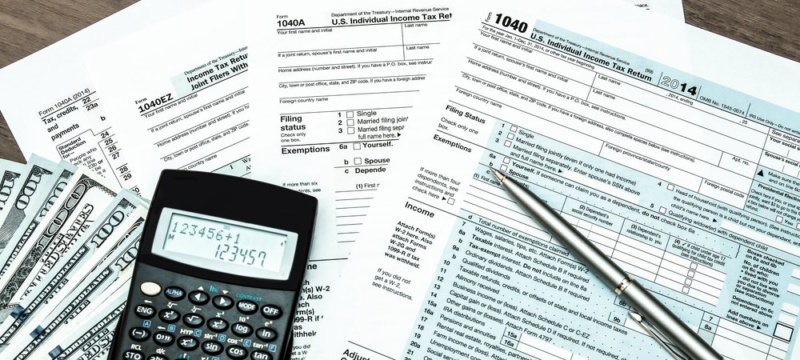Every year people need to file several different tax forms. Many people get confused because the tax forms have similar names. Michelle Swenson, a certified public accountant, has some advice to help you differentiate between U.S. Internal Revenue Service tax forms.
The first tax form is a W-2 form. Everyone who has a job and works for someone else should be getting this tax form. Your employer should give you the W-2 tax form by late January or early February.
Swenson explains the W-2: “A W-2 form is a form that you receive from current and former employers, itemizing the wages that you earned for that tax year, and the withholdings from those wages.” This tax form is used for your income taxes.
A 1099 tax form outlines any other income you might be earning, such as profits from the sale of stocks or real estate. While similar in name to the 1099, the 1098 tax form is used to report mortgage payments and real estate taxes. A K-1 tax form needs to be filed if you receive income from investments in partnerships.
A recent change in tax law means there aren’t really any tax forms that need to be filled out if you buy or sell a house. Swenson advises clients to give their closing statement, rather than a tax form, to their accountant because real estate taxes can be pro-rated over the course of a year.
When it comes to tax deductions, you’ll want to fill our your tax forms very carefully. If you contribute to a charity, ask for a receipt to turn in with your tax forms.
“The IRS really wants you to have written acknowledgement from that charitable organization that outlines the amount of the contribution, and discloses that no goods or services were received in exchange for that contribution,” Swenson says.
The key to a stress-free tax season is keeping all of your tax forms organized, Swenson says. If it comes down to crunch time and you’re missing some of your tax forms, you can go online to the IRS Web page and download the tax forms you need.







Leave A Comment